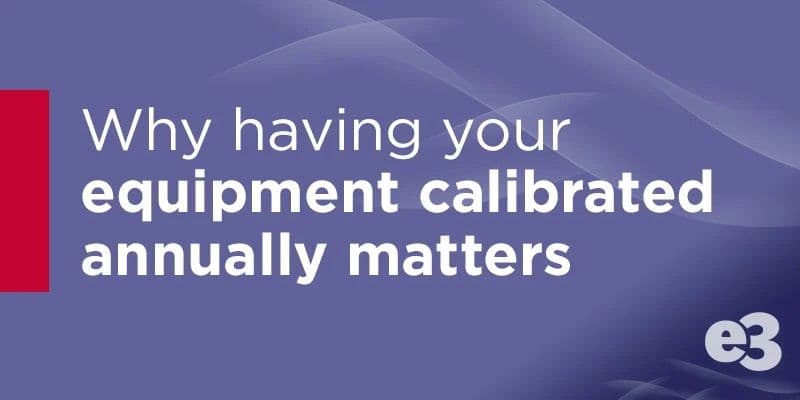Why Having Your Equipment Calibrated Annually Matters

Having your audiology equipment calibrated yearly may seem like a chore, but it’s necessary. Every test result must be based on the most accurate signal that can be obtained. Regular calibration of your equipment ensures that the hearing level that is indicated by the audiometer complies with the strict values that are set by the American National Standards Institute (ANSI) or the product manufacturer’s specific references for hearing thresholds.
So, why do audiometers become uncalibrated?
The audiometer itself does not become uncalibrated that often. It is the components such as cables, jacks, and transducers that may have an adverse effect on the accuracy of test results, which is the primary reason they should all be calibrated at the same time. Daily wear and tear, the age of your audiometer, any prolonged exposure to moisture, and not-so-gentle handling can affect calibration and cause damage to these components. This why the manufactures and many governing bodies require annual calibrations.
Plain and simple fact: An uncalibrated audiometer will lead to inaccurate test results.
Treatment plans for your patients are based on hearing test results. Being accurate is a must. Inaccurate results can trigger a missed diagnosis, treatment that is unnecessary, and the possibility of causing further damage to your patients’ hearing.
Bottom line: Identify and review your “quality control” procedures and make certain you are in compliance with ANSI standards for calibration. Equipment problems that are detected and resolved before testing begins will avoid the consequences of having to follow-up on inaccurate results and bringing patients back in for retesting. As a hearing healthcare practitioner, you must be confident in the results of the tests you administer. Important patient care decisions are made based on those results.
